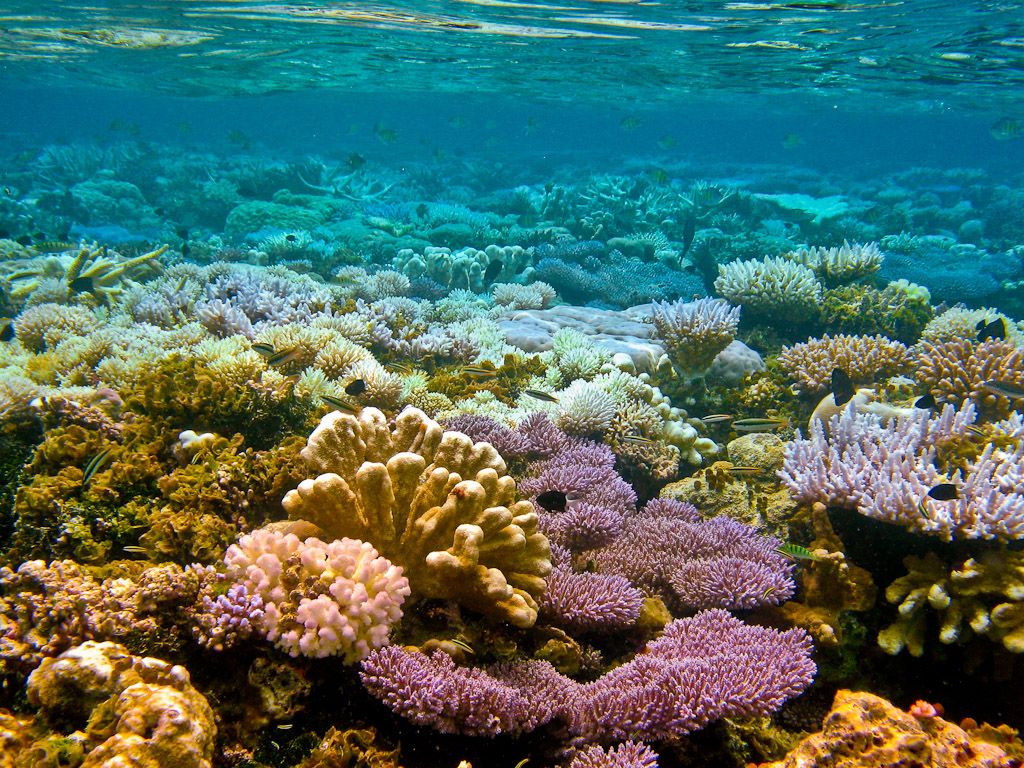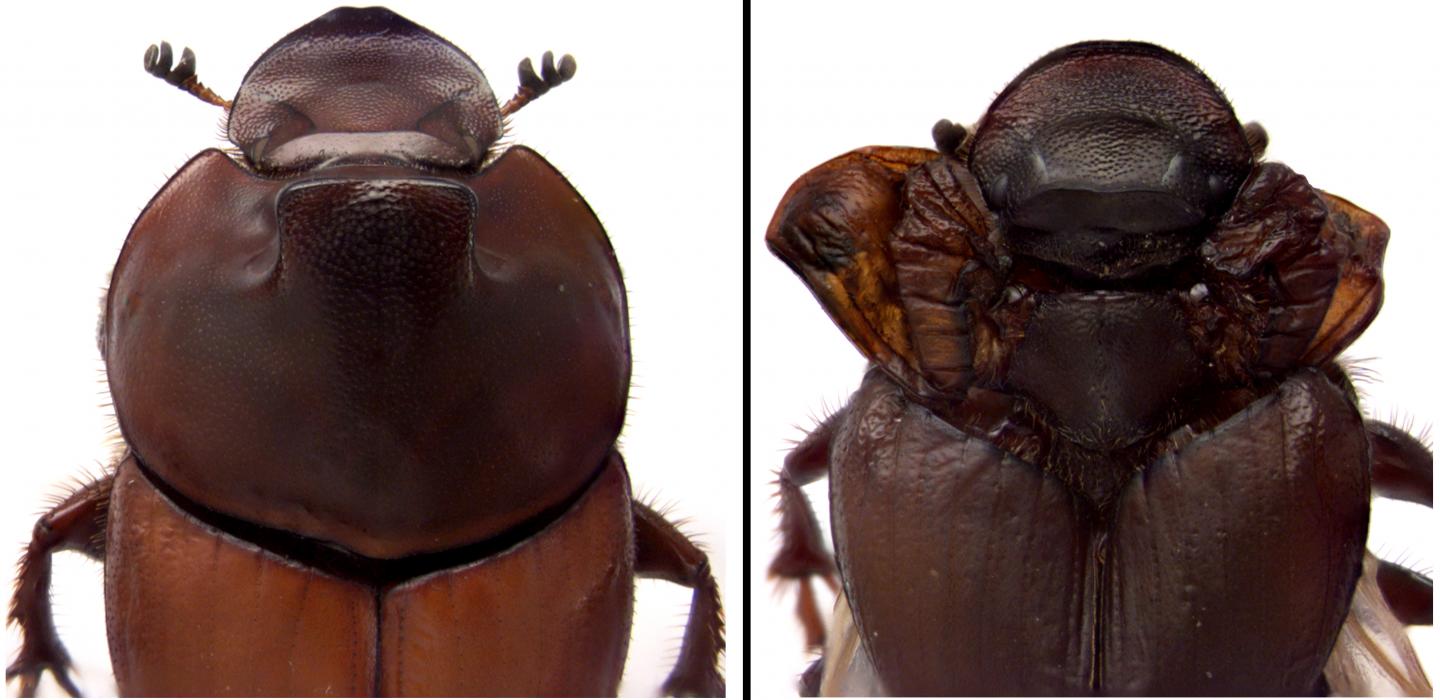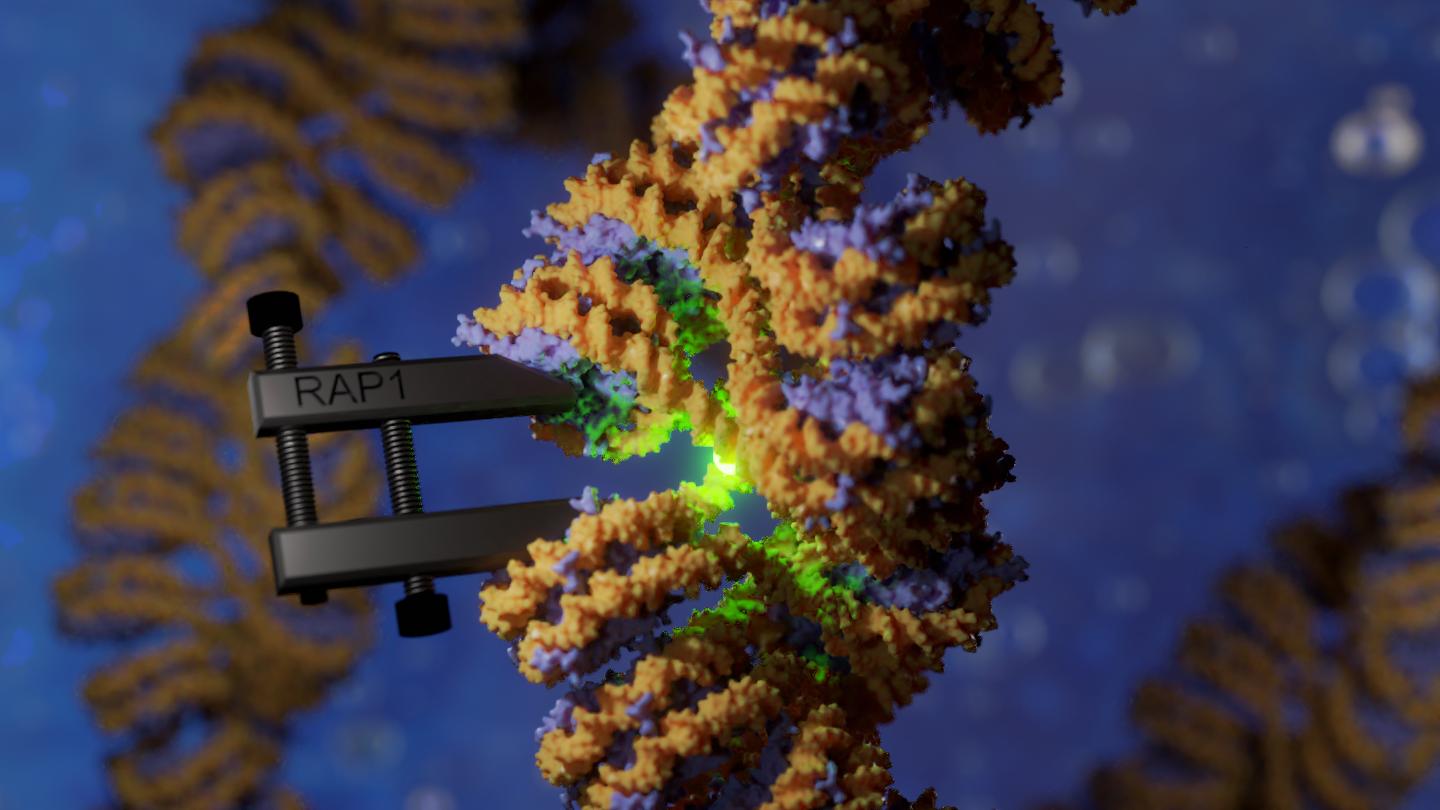Optimal archery feather design depends on environmental conditions
When it comes to archery, choosing the right feathers for an arrow is the key to winning. This necessity for precision makes it crucial to understand how environment and design effect arrows in flight. Scientists from the Laboratoire d’Hydrodynamique at the Ecole Polytehcnique will explain the physics behind optimal arrow design at the 72nd Annual … Read more









